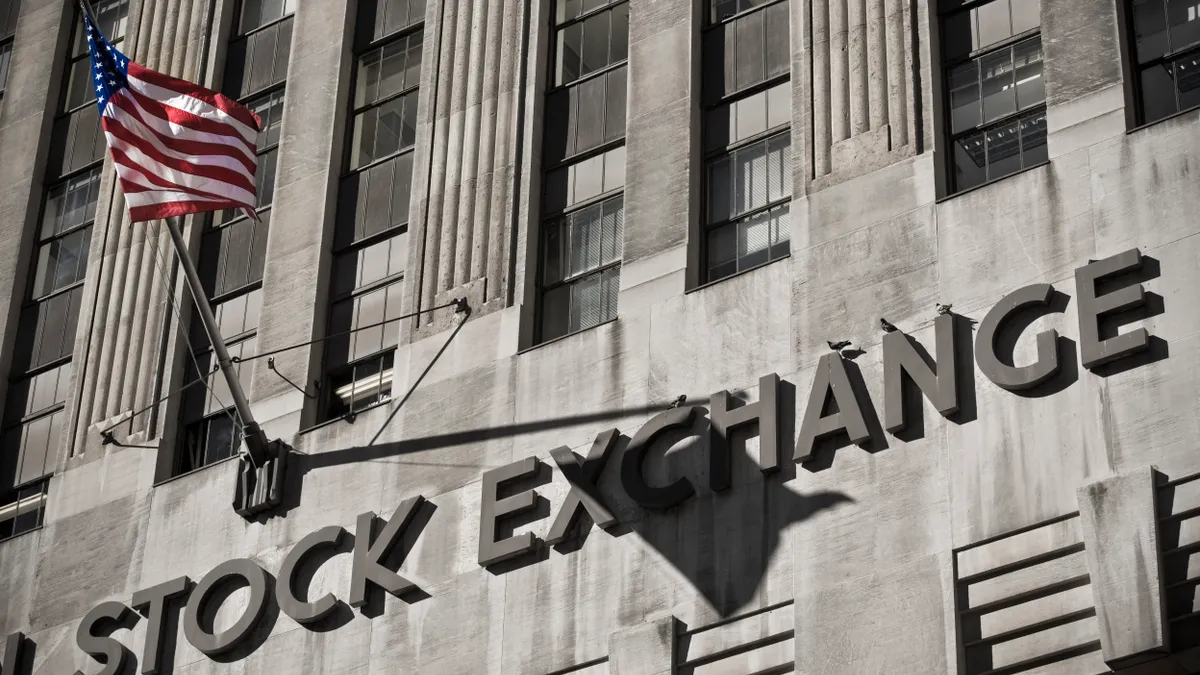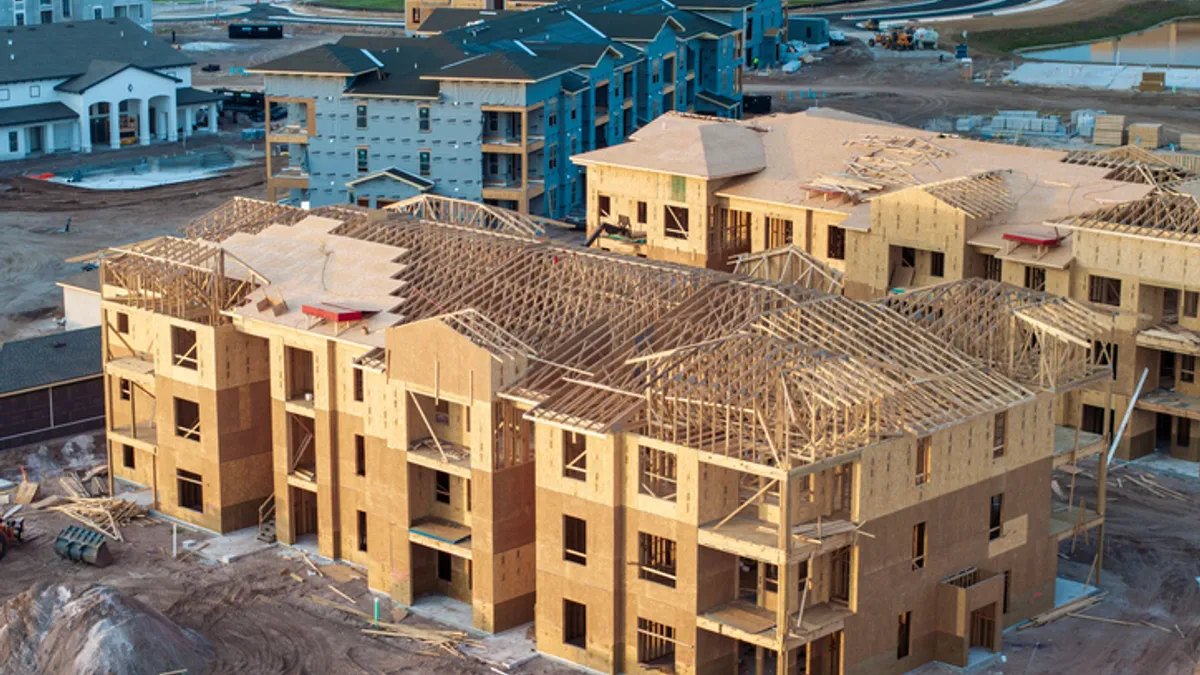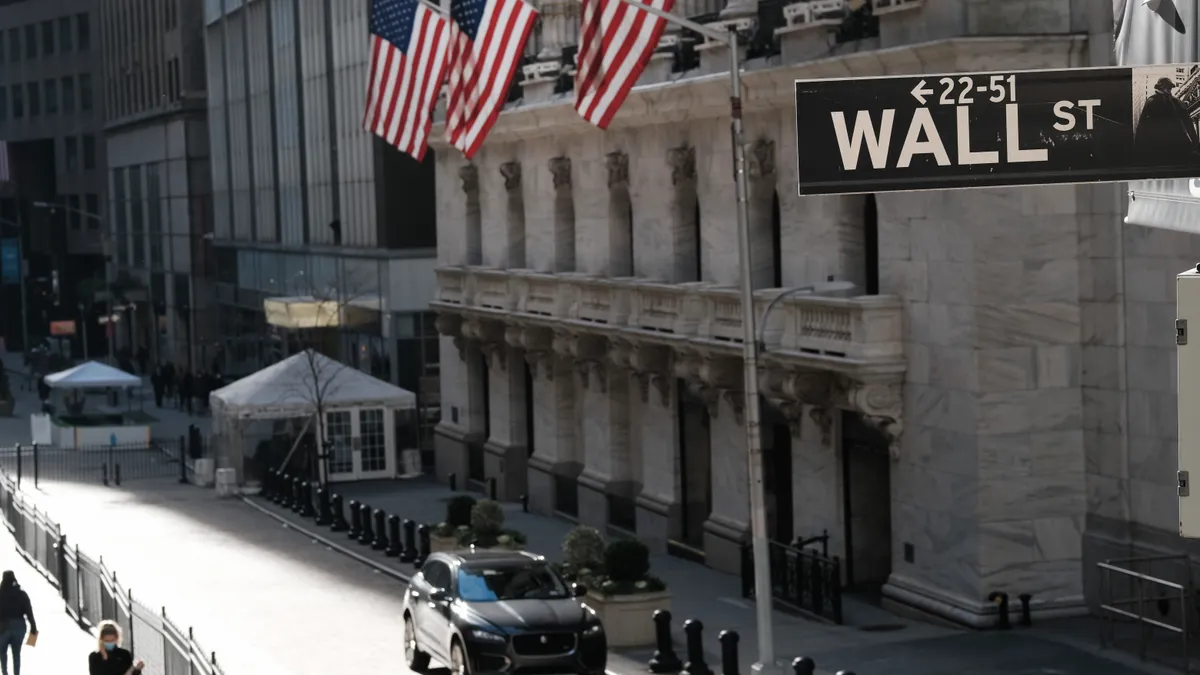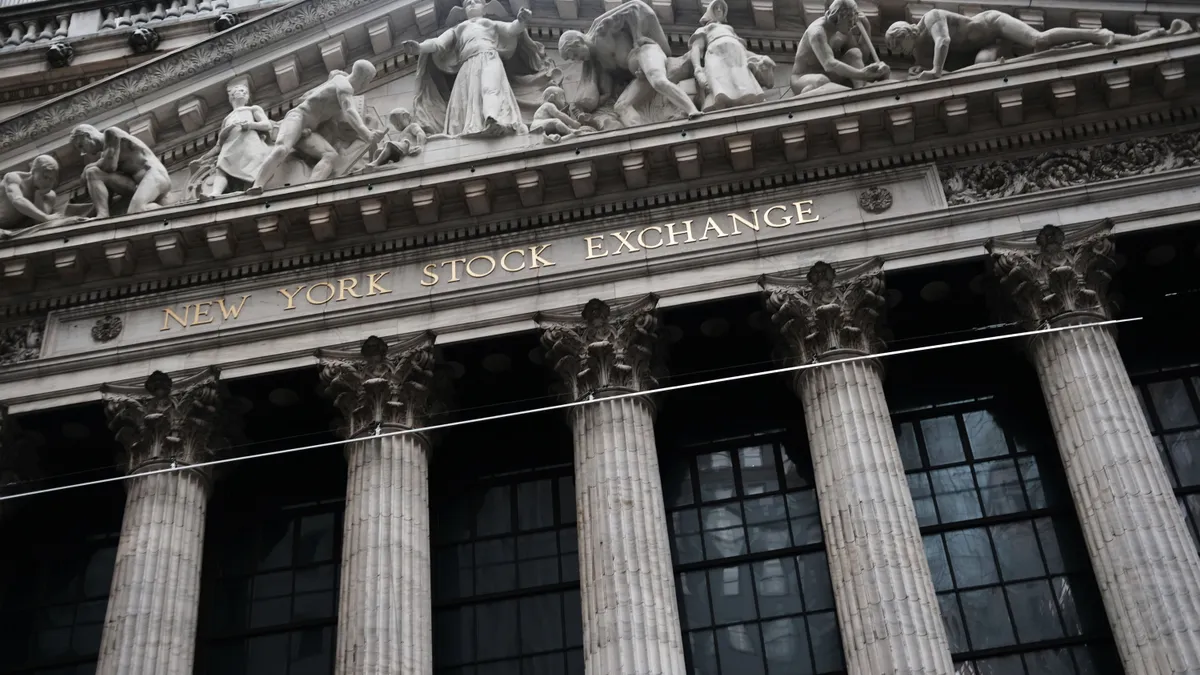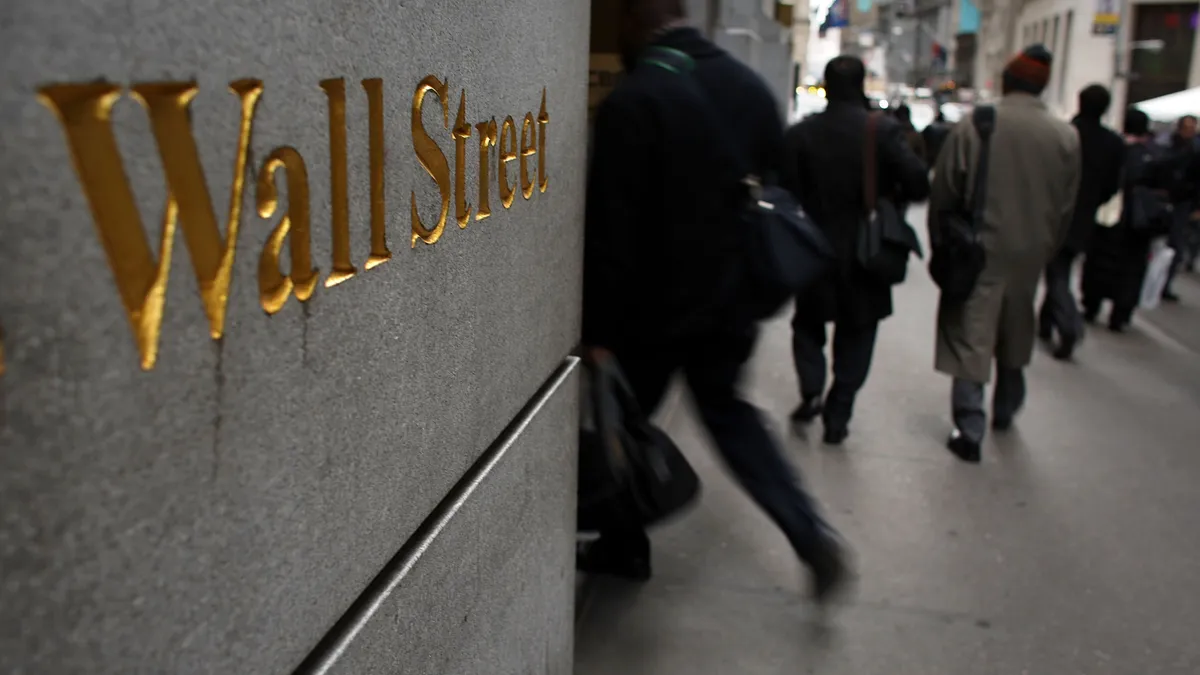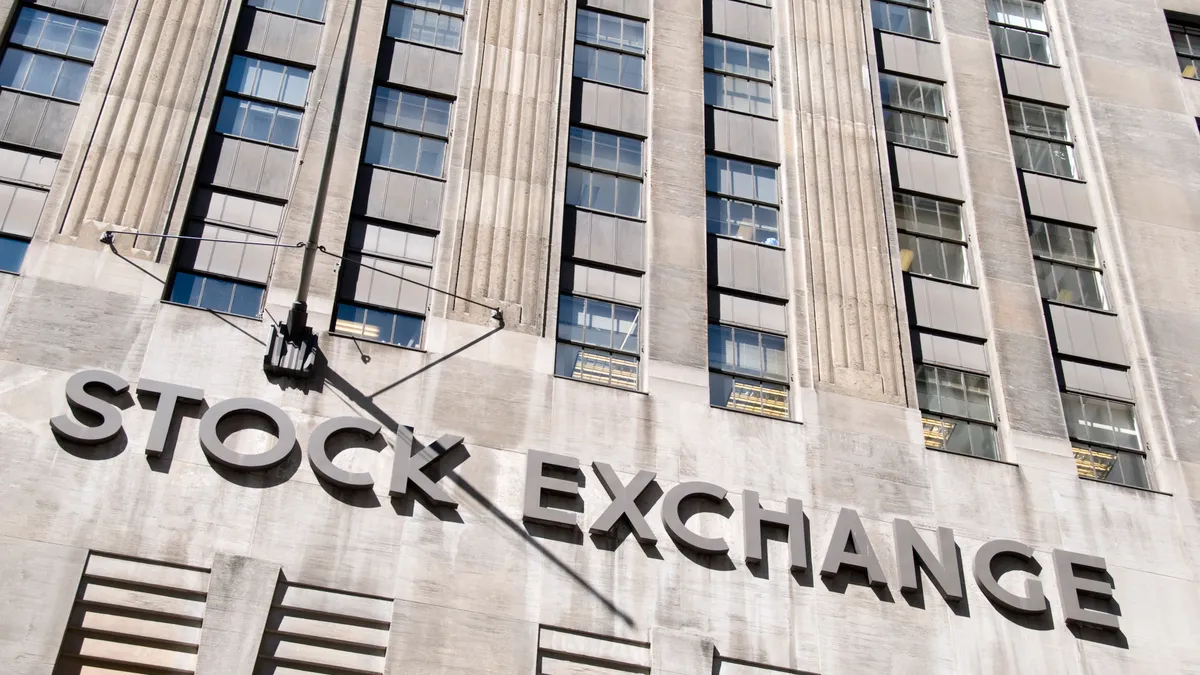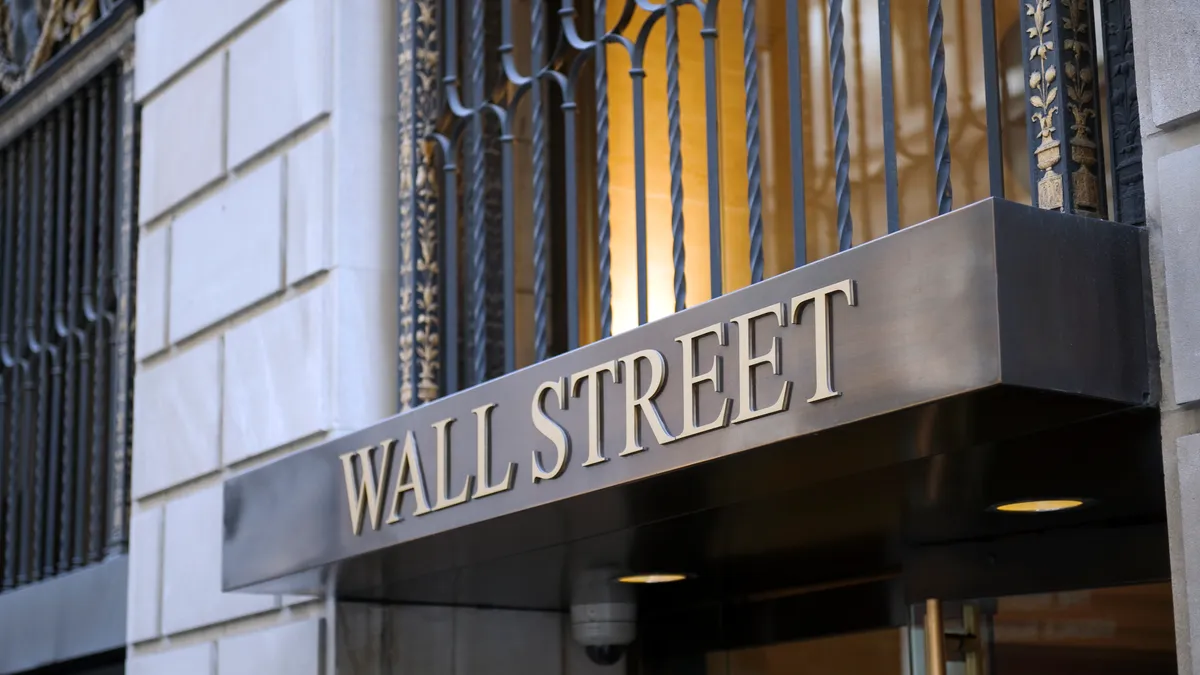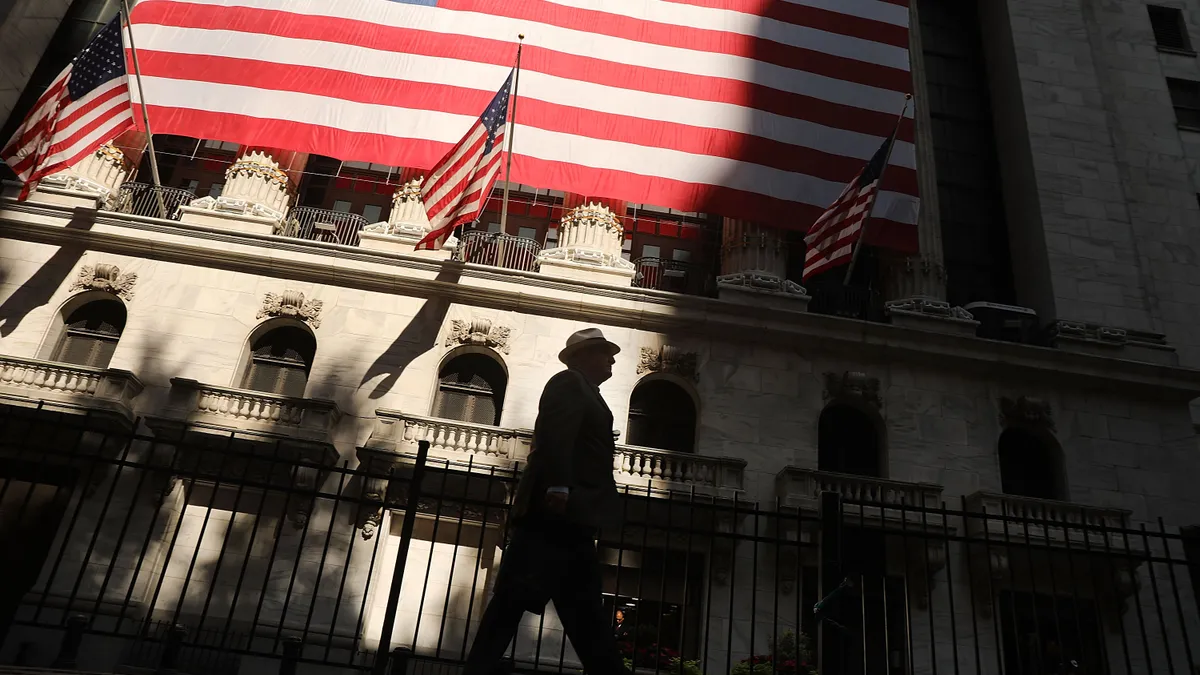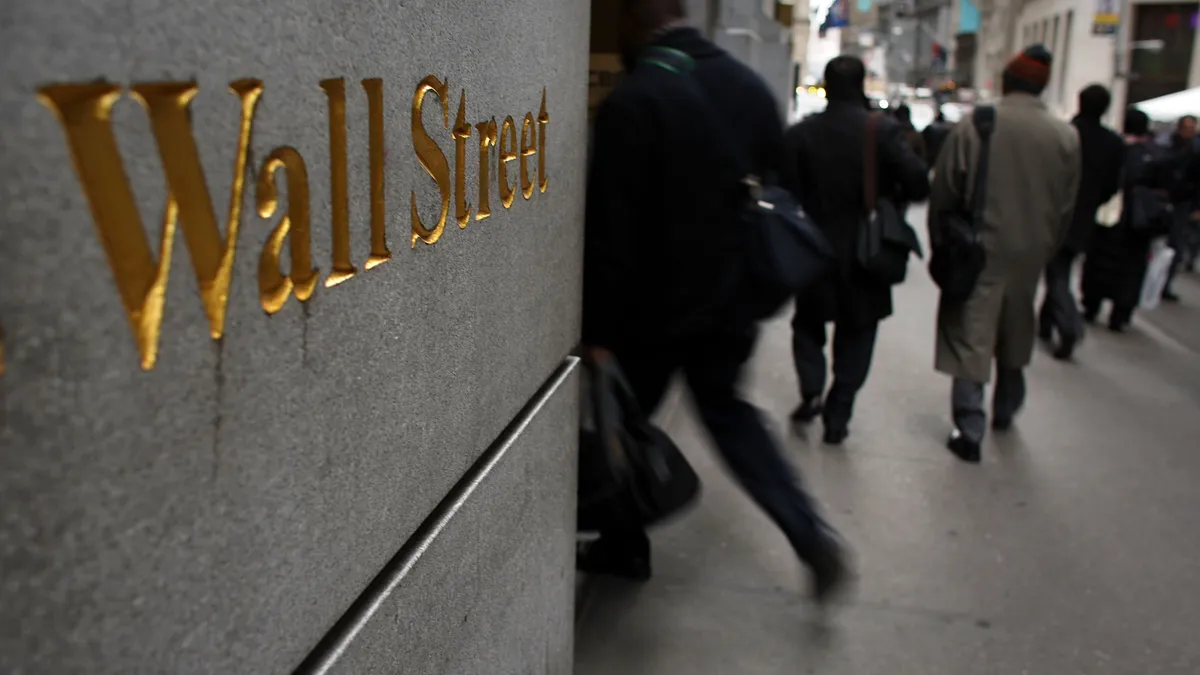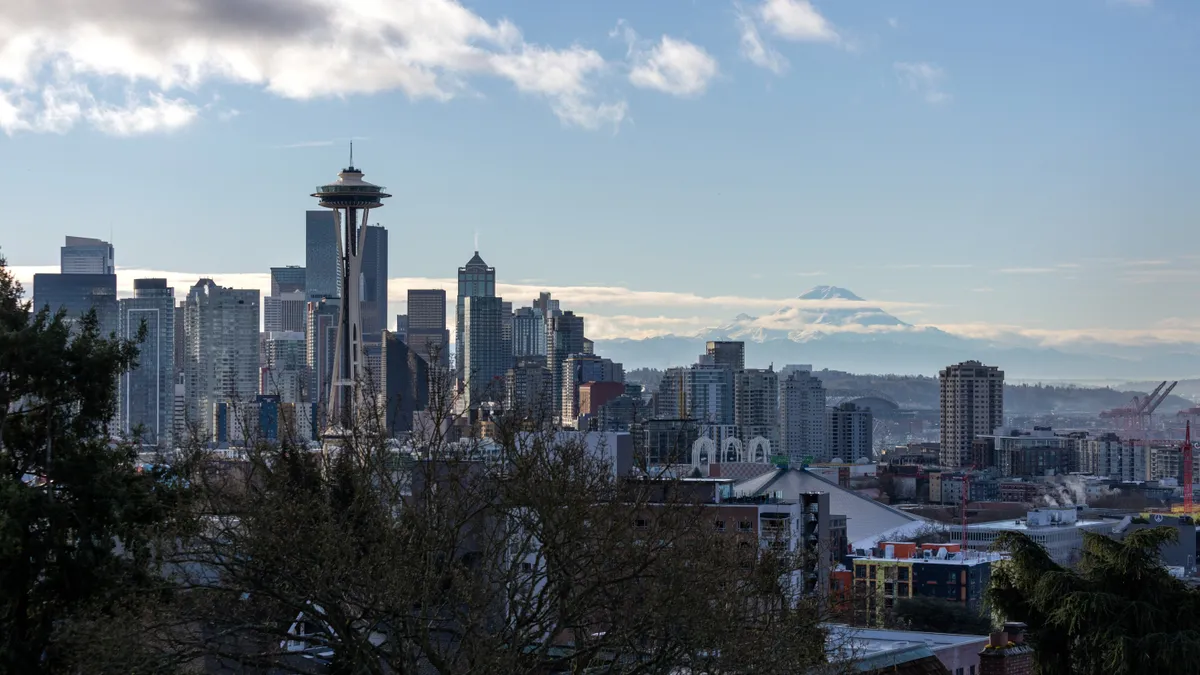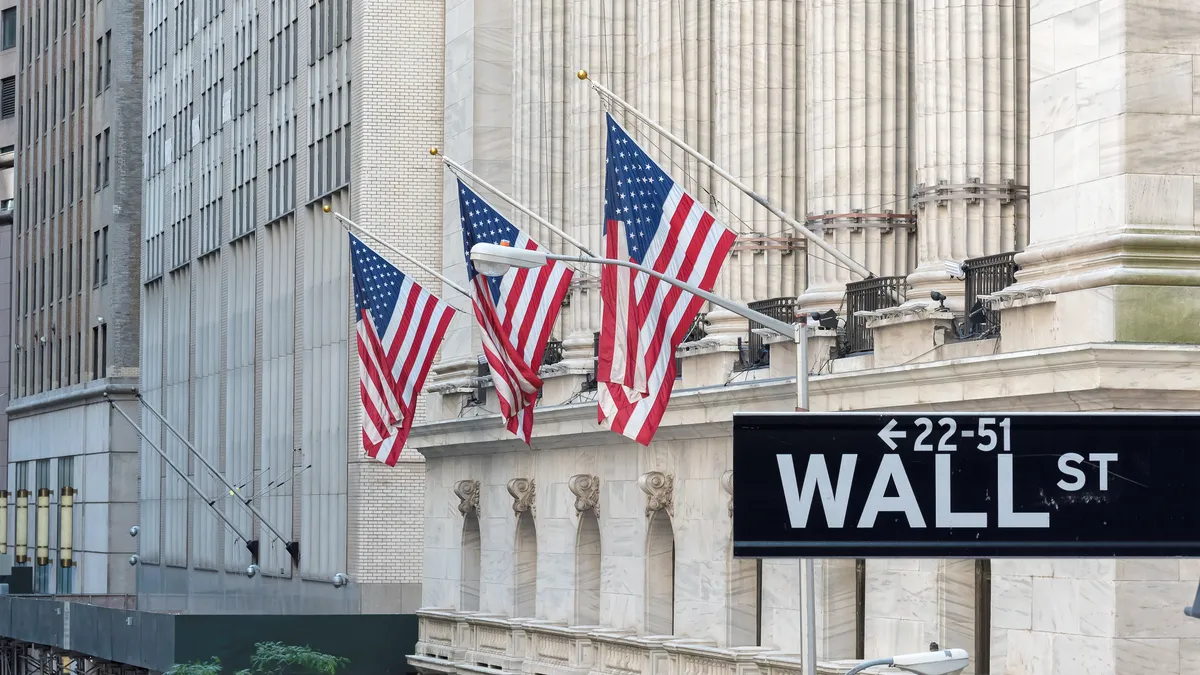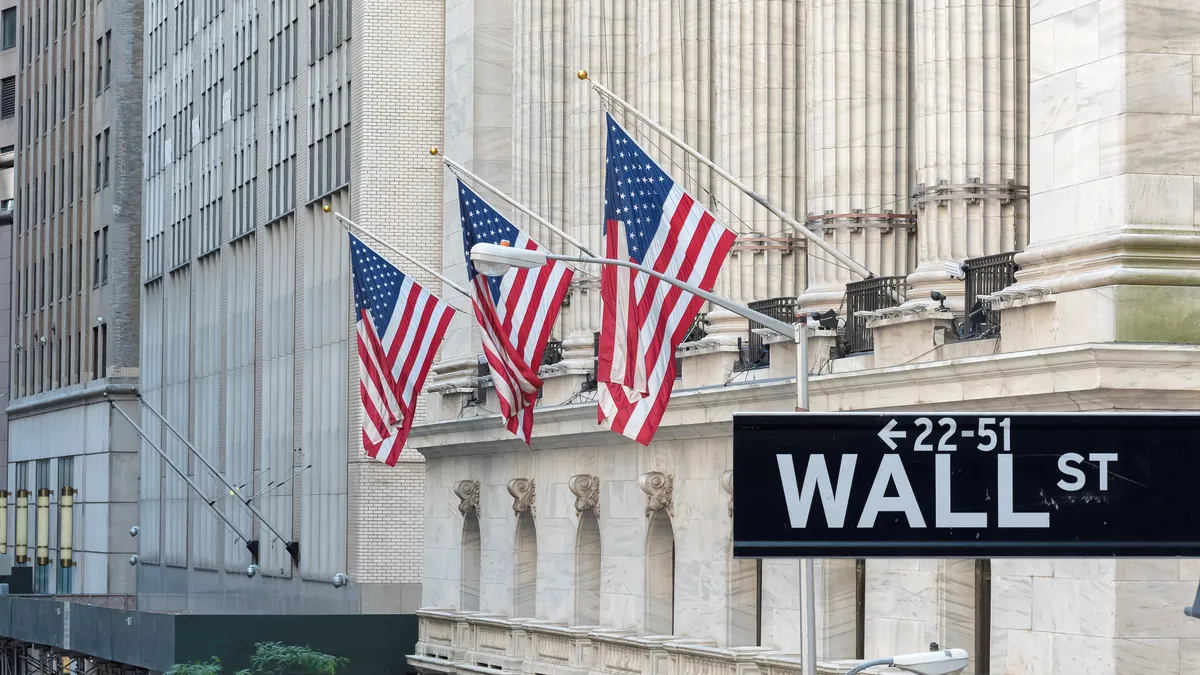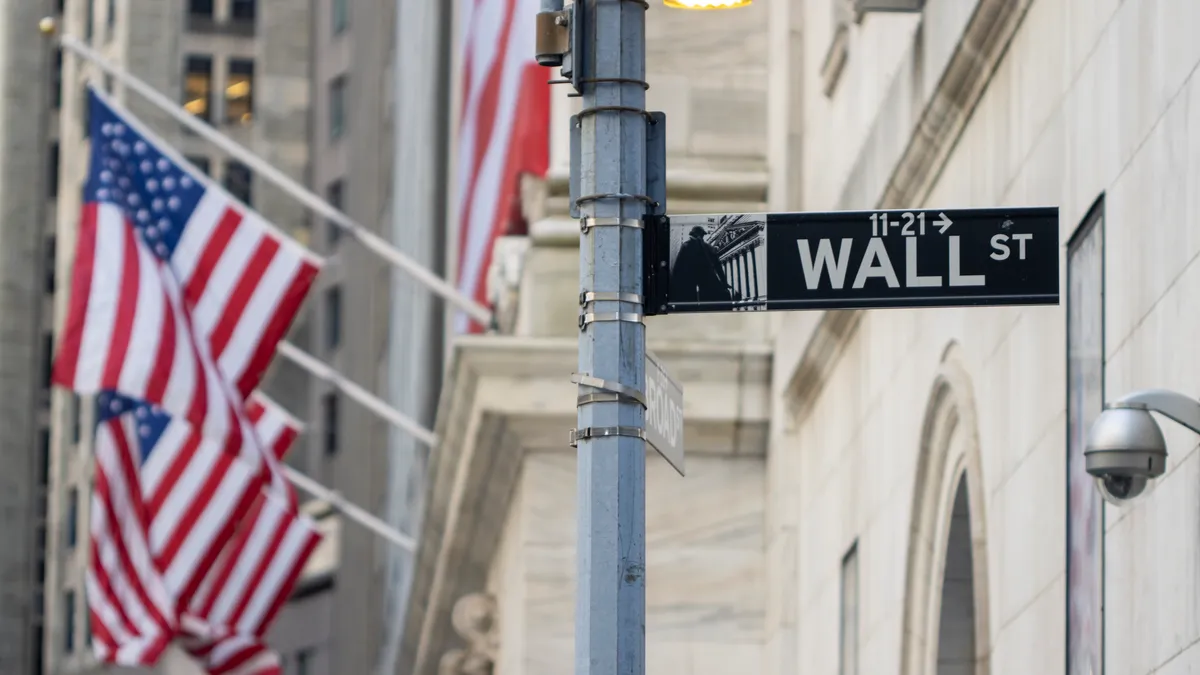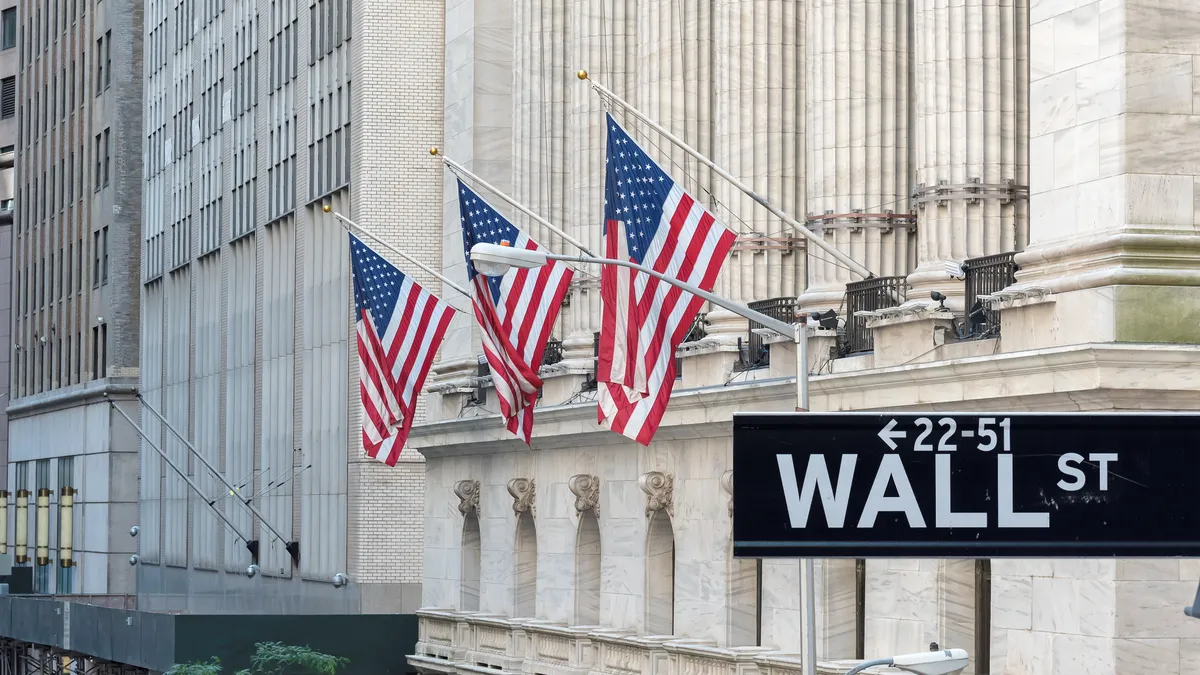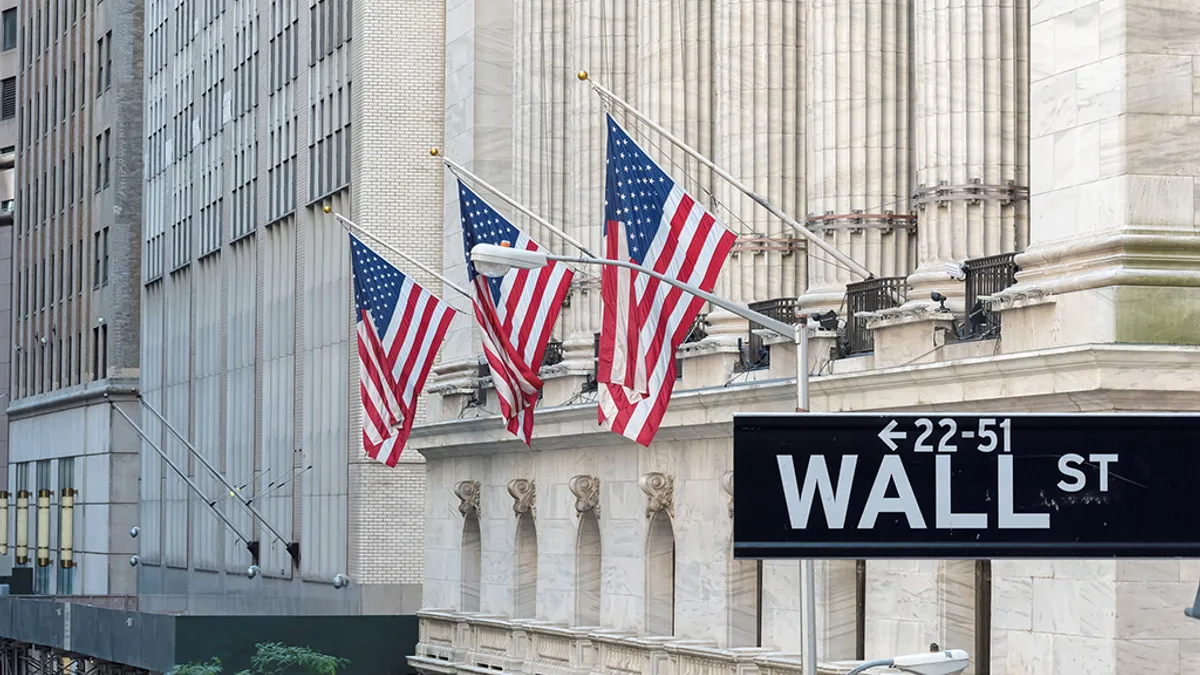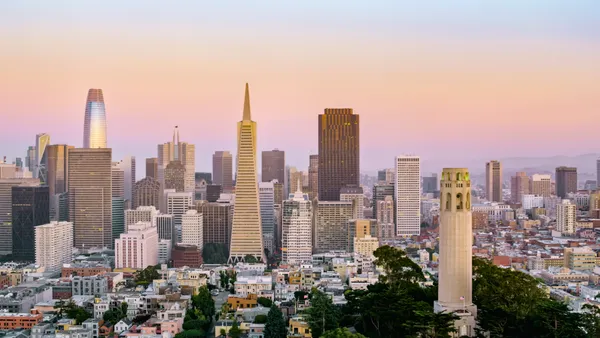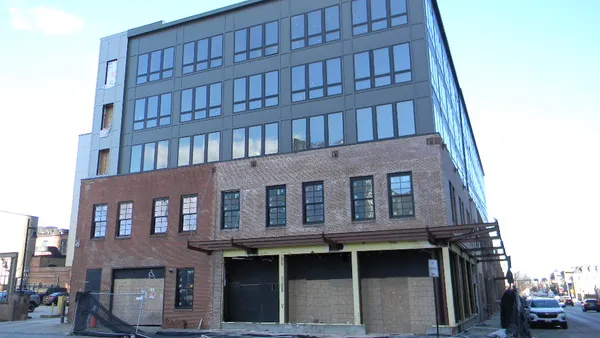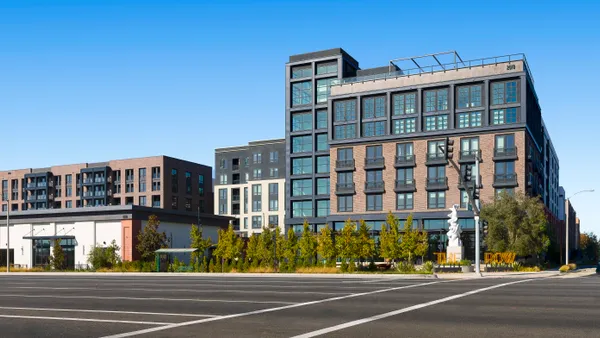While Equity Residential's 2024 fourth-quarter numbers met expectations, its guidance of $3.90 to $4.00 per share for 2025 funds from operations was below analysts' expectations of $4.02.
“Development deliveries and related burn-off of capitalized interest could be a factor in the guidance shortfall,” said Alexander Goldfarb, managing director and senior research analyst for investment bank and financial services company Piper Sandler, in a report shared with Multifamily Dive.
New deliveries are most challenging in the Chicago-based REIT’s expansion markets of Atlanta, Denver and Dallas, where the near-term operating environment provides obstacles. The company expects revenue in its expansion markets to be lower in 2025 than in 2024, said EQR Chief Operating Officer Michael Manelis on the firm’s fourth-quarter earnings call last week.
However, the long-term picture is much brighter in these largely Sun Belt markets, with improvement on the horizon.
“We have seen stability in new lease rates and occupancy in Atlanta and Dallas the last two months,” Manelis said. “And while volatility is possible, we currently expect that new lease rates will improve as they usually do in the busy spring leasing season in these markets. In Denver, conditions today are challenging as we have some new deals in close proximity to our assets that could push the improvement later in the year.”
Although challenges remain in the expansion markets, the coastal cities look much better for EQR this year despite uncertainty in two critical metros. The REIT was also buoyed by its lowest turnover on record in 2024.
West Coast markets
EQR owns properties in Los Angeles but had no assets “seriously impacted by the fires,” CEO Mark Parrell said on the call.
EQR expects same-store revenues to increase 3% in Los Angeles after rising 1.8% in Q4, though government rent caps in response to this year’s wildfires could alter that projection. Manelis said that it's still too early to understand the impact on EQR’s operations.
“There will likely be more demand in the market as fire-impacted residents seek new accommodations, especially in the two- and three-bedroom units, which comprise about 45% of our L.A. portfolio, which we have already seen in certain submarkets,” Manelis said.
With major employers mandating that workers return to the office in San Francisco and Seattle, those two tech-centric metros are showing major signs of improvement. In Q4, they posted 2.1% and 4.1% revenue growth, respectively.
“While we did include some further recovery in downtown Seattle and San Francisco in our guidance, both markets have the potential to outperform, if we get more robust pricing power early in the year,” Manelis said.
Although San Francisco has very limited new supply, deliveries could be a headwind in Seattle. Still, Manelis said EQR is “feeling really good” about the city in 2025.
“Despite heightened pockets of supply, particularly in the urban core and Redmond, we finished 2024 in a strong position and look to have increasing pricing power resulting from continued demand as employers like Amazon bring their teams back to the office and supply begins to abate in the second half of this year,” he said.
East Coast strength
Washington, D.C., was EQR’s top-performing market, with 4.2% revenue growth in Q4, and the firm has high expectations for 2025. Though the market has been delivering 10,000 units a year, absorption has been strong.
“The wild card here is what impact the new administration and its focus on both cost-cutting and a return-to-office policy for federal employees will have on the local job market,” Manelis said.
Manelis later noted that “everyone is on edge,” and there is a lot of uncertainty in the market. However, Parrell said that Washington is more diversified than it once was.
“There are other employers there,” Parrell said. “There's a lot, by the way, of defense industry-related stuff, which may not be subject to the same staffing restrictions.”
With 3.6% revenue growth and portfolio-leading 97.4% occupancy in Q4, New York City was another top performer from last year. EQR expects continued strong results from the city in 2025.
“The employment base is strong, market occupancy is high and there's almost no new competitive supply being delivered in Manhattan, where we have the majority of our portfolio,” Manelis said.
BY THE NUMBERS
| Category | Q4 | YOY Change |
| Property revenue | $713.8 million | 2.4% |
| Net operating income | $490.8 million | 1.6% |
| Operating expenses | $223.0 million | 4.3% |
| Funds from operations | $0.97 | 3% |
| Rent per unit | $3,147 | 2.1% |
| Occupancy rate | 96.1% | 30 bps |
Boston, which posted 2.2% revenue growth in Q4 for EQR, is supported by an employment base in finance, tech, life sciences, health and education.
“Overall, new deliveries will be about the same in 2025 as last year, but the majority of the deliveries will be in the suburbs, which bodes well for us, given 70% of our assets are located in the urban core of Boston,” Manelis said.
Click here to sign up to receive multifamily and apartment news like this article in your inbox every weekday.



